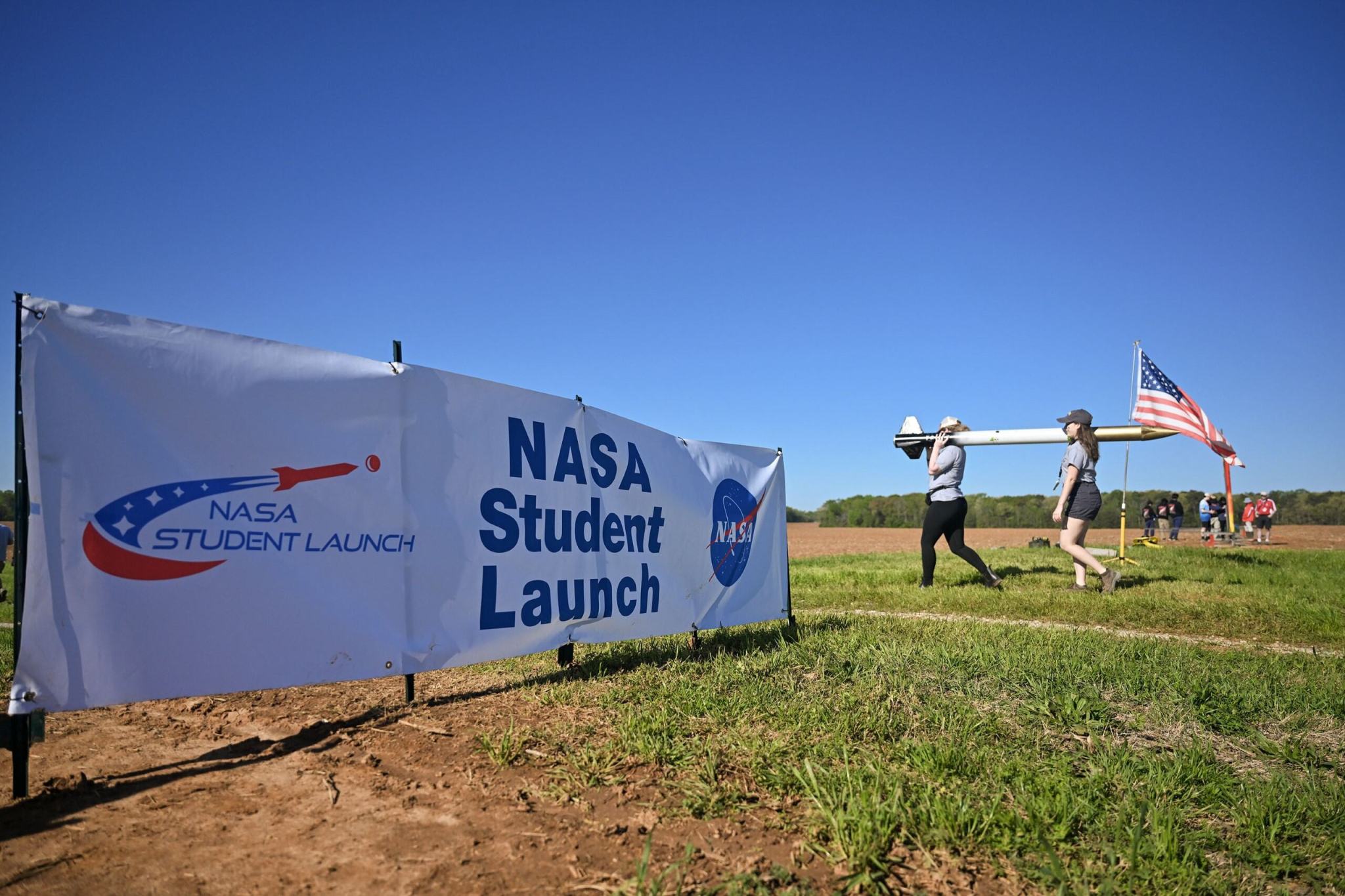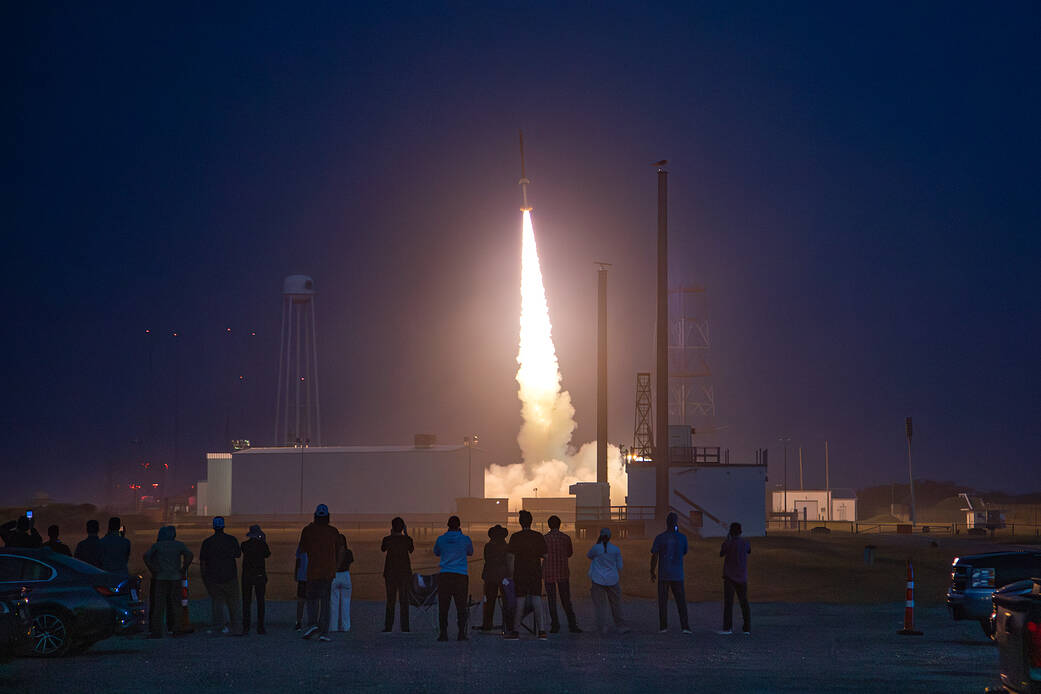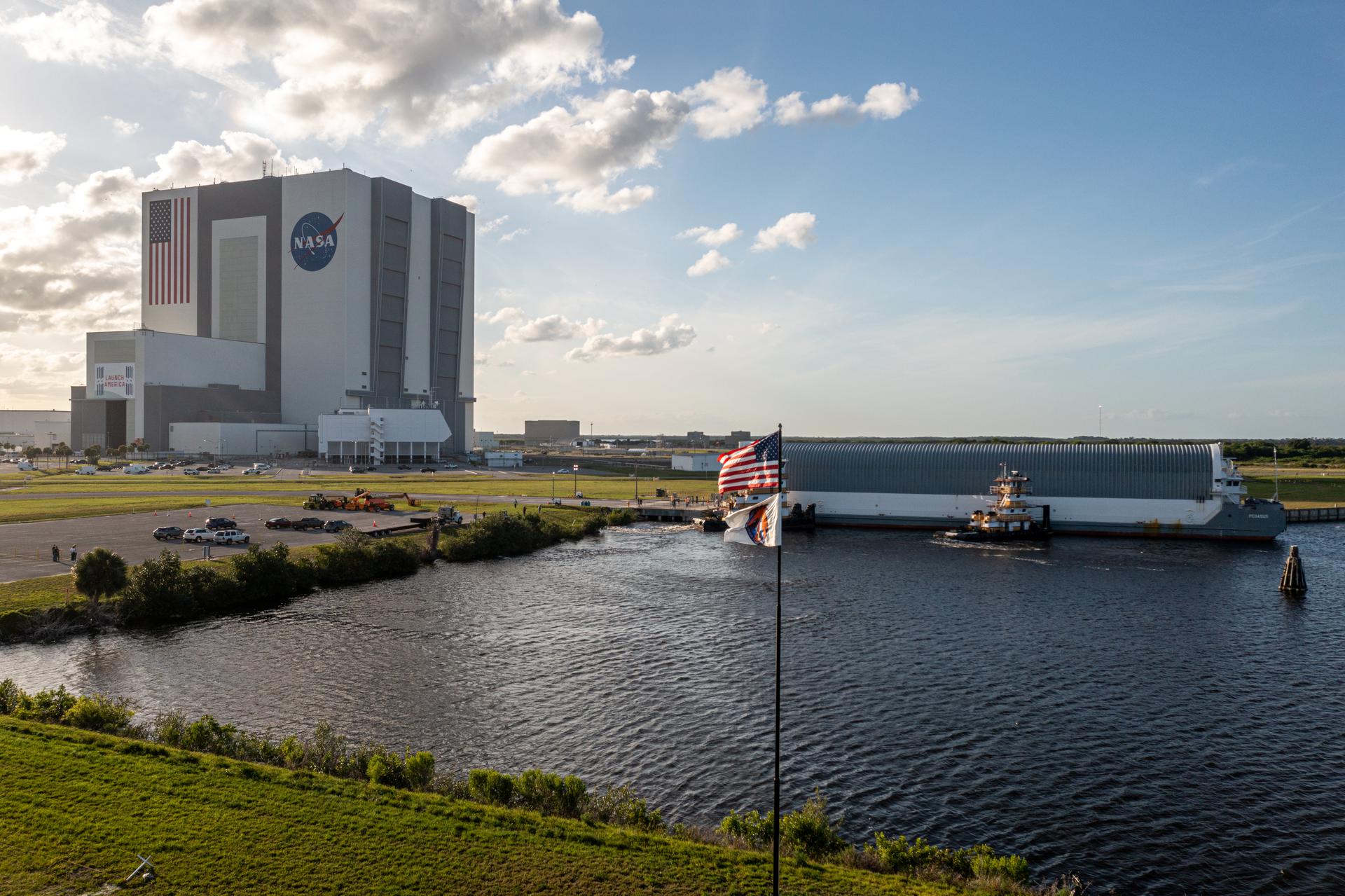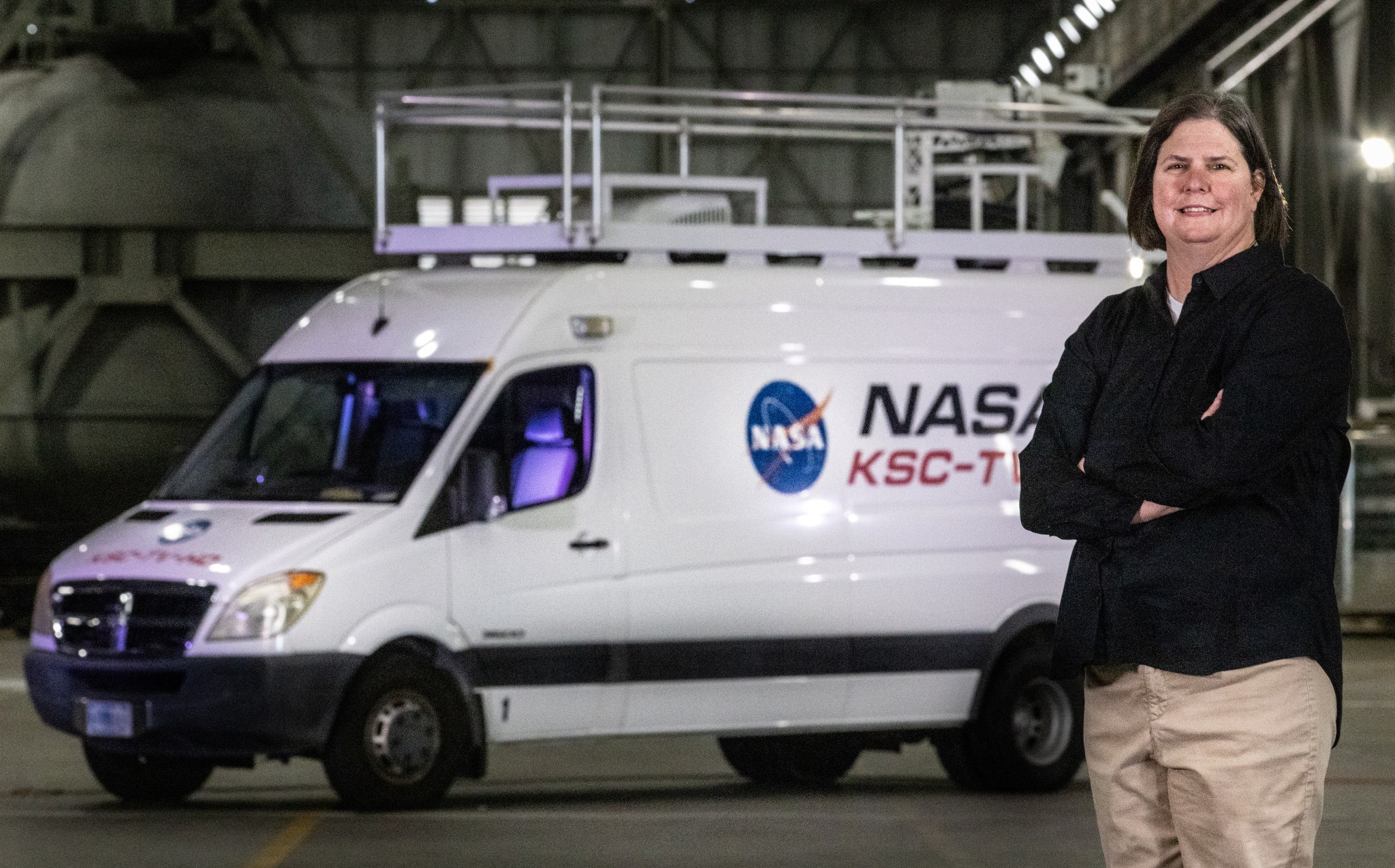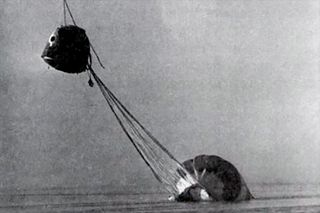4 min read Preparations for Next Moonwalk Simulations Underway (and Underwater) High school and collegiate student teams gathered just north of NASA’s Marshall Space Flight Center in Huntsville, Alabama, to participate in the agency’s annual Student Launch competition April 13. Credits: NASA/Charles Beason Over 1,000 students from across the U.S. and Puerto Rico launched high-powered, amateur rockets on April 13, just north of NASA’s Marshall Space Flight Center in Huntsville, Alabama, as part of the agency’s annual Student Launch competition. Teams of middle school, high school, college, and university students…
Read MoreMonth: June 2024
NASA Joins National Space Council in Celebration of Black Space Week
2 min read Preparations for Next Moonwalk Simulations Underway (and Underwater) NASA astronaut and Expedition 64 Flight Engineer Victor Glover reviews procedures on a computer for the Monoclonal Antibodies Protein Crystal Growth (PCG) experiment inside the Harmony module. Each year, Black Space Week celebrates the achievements of Black Americans in space-related fields. To kick-off Black Space Week 2024, NASA is collaborating with the National Space Council for the Beyond the Color Lines: From Science Fiction to Science Fact forum on Monday, June 17, at 11:30 a.m. EDT at the National…
Read MoreNASA to Discuss Outcome of 5th Biennial Asteroid Threat Exercise
Representatives from NASA, FEMA, and the planetary defense community participate in the fifth Planetary Defense Interagency Tabletop Exercise on April 2 and 3, 2024, to discuss the nation’s ability to respond effectively to the threat of a potentially hazardous asteroid or comet. Credits: NASA/JHU-APL/Ed Whitman NASA will host a virtual media briefing at 3:30 p.m. EDT, Thursday, June 20, to discuss a new summary of a recent tabletop exercise to simulate national and international responses to a hypothetical asteroid impact threat. The fifth biennial Planetary Defense Interagency Tabletop Exercise was…
Read MoreNASA-Led Mission to Map Air Pollution Over Both U.S. Coasts
2 min read Preparations for Next Moonwalk Simulations Underway (and Underwater) This summer between June 17 and July 2, NASA will fly aircraft over Baltimore, Philadelphia, parts of Virginia, and California to collect data on air pollutants and greenhouse gas emissions. The campaign supports the NASA Student Airborne Research Program for undergraduate interns. Two NASA aircraft, including the P-3 shown here, will be flying over Baltimore, Philadelphia, Virginia and California between June 17 and July 2, to collect data on air pollutants and greenhouse gas emissions. Credit: (NASA/ Zavaleta)…
Read MoreNASA’s Wallops Flight Facility to Launch Student Experiments
4 min read Preparations for Next Moonwalk Simulations Underway (and Underwater) A Terrier-Improved Orion sounding rocket carrying students experiments for the RockOn! mission successfully launched from NASA’s Wallops Flight Facility Aug. 17, 2023 at 6 a.m. EDT. NASA/ Kyle Hoppes More than 50 student and faculty teams are sending experiments into space as part of NASA’s RockOn and RockSat-C student flight programs. The annual student mission, “RockOn,” is scheduled to launch from Wallops Island, Virginia, on a Terrier-Improved Orion sounding rocket Thursday, June 20, with a launch window that opens…
Read MoreSummary of the Ninth DSCOVR EPIC and NISTAR Science Team Meeting
Earth Observer Earth and Climate Earth Observer Home Editor’s Corner Feature Articles News Science in the News Calendars In Memoriam More Meeting Summaries Archives 22 min read Summary of the Ninth DSCOVR EPIC and NISTAR Science Team Meeting Introduction The ninth Deep Space Climate Observatory (DSCOVR) Earth Polychromatic Camera (EPIC) and National Institute of Standards and Technology (NIST) Advanced Radiometer [NISTAR] Science Team Meeting (STM) was held virtually October 16–17, 2023. Over 35 scientists attended, most of whom were from NASA’s Goddard Space Flight Center (GSFC), with several participating from…
Read MoreHubble Captures a Cosmic Fossil
This NASA/ESA Hubble Space Telescope image features the globular cluster NGC 2005. It’s not an unusual globular cluster in and of itself, but it is a peculiarity when compared to its surroundings. NGC 2005 is located about 750 light-years from the heart of the Large Magellanic Cloud (LMC), which is the Milky Way’s largest satellite galaxy some 162,000 light-years from Earth.
Read MoreNASA Invites Media to See Artemis II Moon Rocket Elements at Kennedy
NASA’s Pegasus barge delivers the SLS (Space Launch System) rocket’s core stage for the 2022 Artemis I mission to the turn basin at Kennedy Space Center in Florida in April 2021. Credits: NASA/Michael Downs Media are invited in late July to NASA’s Kennedy Space Center in Florida to see progress on the agency’s SLS (Space Launch System) Moon rocket as preparations continue for the Artemis II test flight around the Moon. Participants joining the multi-day events will see the arrival and unloading of the 212-foot-tall SLS core stage at the…
Read MoreTransportation Officer Melissa Coleman
“Don’t let the NASA emblem scare you away. “I was very intimidated by it because it was a childhood dream [to make it to NASA]. I saw a picture of me at Kennedy Space [Center’s] visitor center the last time I went home. I must have been five years old. I always used to tell myself that I wasn’t smart enough. [I assumed you needed to be] a literal rocket scientist, and I have absolutely no STEM [science, technology, engineering, and math] degree whatsoever. “So my advice is, as long…
Read MoreSoviet-era cosmonaut Vyacheslav Zudov, who survived only Soyuz splashdown, dies
Soviet-era cosmonaut Vyacheslav Zudov, whose failed docking with a Russian space station ended with the first and only emergency splashdown in a Soyuz spacecraft, has died at the age of 82. Zudov’s death on Wednesday (June 12) was reported by Roscosmos, Russia’s federal space corporation. “[His] two-day spaceflight became, without exaggeration, dramatic,” read a statement from the space agency. “The landing of ‘Radon’ (the call sign that the cosmonaut chose for himself) turned out to be no less dangerous.” The Soyuz 23 descent module, dragging its parachute, is lifted by…
Read More